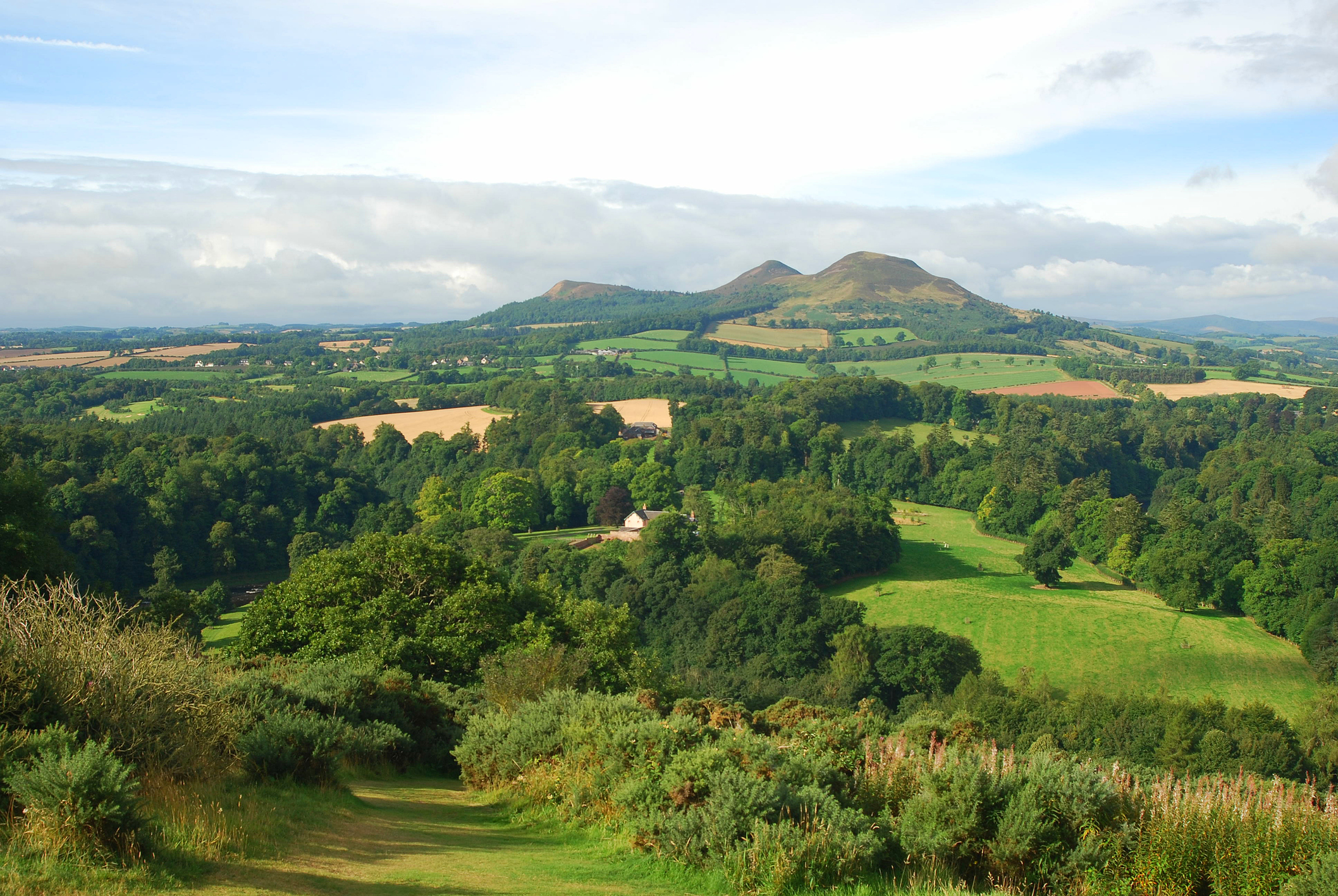I am disturbed. All right. A hullabaloo of agreement greets my controversial opening announcement.
Pipe down and allow me to clarify. I am disturbed by the lack of wildlife in our countryside. It’s true. Everywhere you go there is … nothing.
I’ve been into the darkest recesses, and it suddenly strikes you: there’s nowt. Even in the wildest suburbs, hardly a hedgehog stirs. No badgers. I haven’t even seen a fox in a while (well, a few weeks).
I saw one deer quite recently, but it was stepping gingerly across the road, from one narrow belt of woodland to another. Everywhere you looked in that part of the world (East Lothian) fields were being built on.
I dare say that’s one explanation for our lack of wildlife. The other, of course, is that we’ve mangled much of it for “sport”. The first instinct of the rural Briton, on seeing a bit of wildlife stravaiging aboot the place, has historically been to kill it.
It’s true that our attitudes have changed a little, at least among the civilised. Beyond Japan, Norway and other Third World countries, we don’t hunt whales any more. People go to watch them.
But I always laugh when I see boat tours around our shores, particularly in the isles, offering the chance to see a whale. This news just in: you will not see a whale. Not ever. Not once. Not even in the distance.
If anything, if you’re very, very, lottery-winning lucky, you might see a killer whale, which is well named, as it is a ghastly beast that wants watching. Indeed, if the Japanese or Norwegians wanted to hunt these monsters, you wouldn’t hear me saying a word about it.
But my point is this: there’s hardly anything left. Even in the isles, it’s all just sheep and seabirds.
By contrast, friends of mine recently returned from India and said you couldn’t move for wildlife. True, the lady of the party was not overly impressed at seeing a rat sitting comfortably on the railing of their verandah.
But, apart from that, it was all monkeys, elephants and, you know buffalo and whatnot. True, their tigers ain’t doing so well, but my friends did see one (in a protected area).
Tigers apart, in advanced countries like that, they’ve more of a live and let live attitude. Here, even I – a saint essentially – found myself half-wishing I had a gun when two squirrels kept eating all the bird food, and also when I saw a crow kill a wee garden bird.
What I didn’t like about the squirrels and the crows was their insolence. I had the distinct feeling they were laughing at me.
Little swine. I suppose we have pigs, coos, sheep and other farmyard citizens. The aforementioned Norway seemed to me the most devoid of wildlife. You hardly heard a bird cheep.
And they’ve a bad habit of keeping their farmyard beasts indoors. Travelling through the countryside there with a bunch of islanders, we gave a cheer on seeing a sheep – the first we’d encountered.
I don’t have an answer to this problem. Perhaps we’re better off without the beasts. They can be a right pain. But I can’t help thinking there’s something not quite right about the lack of life in our countryside.










